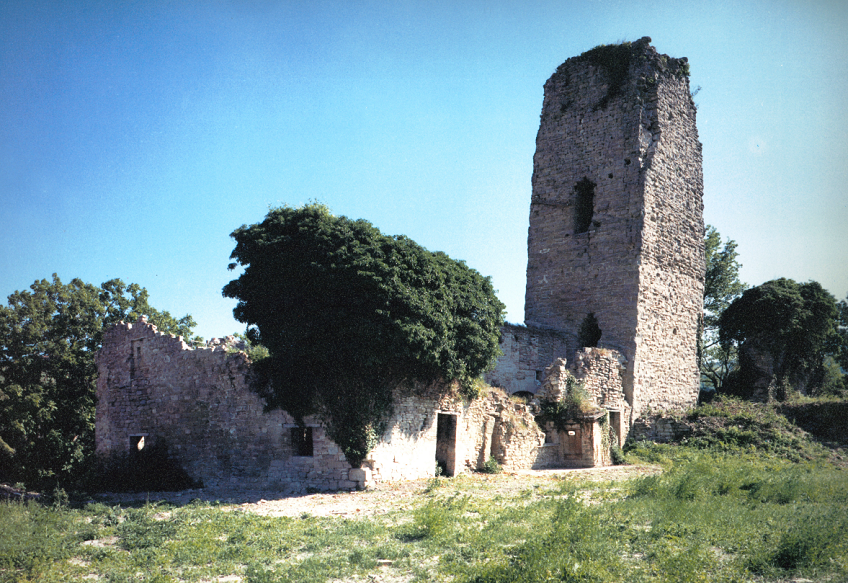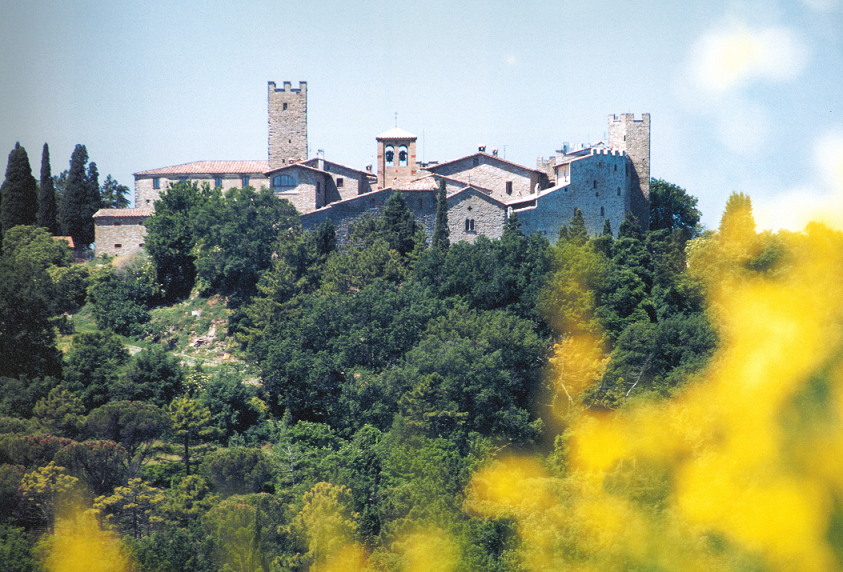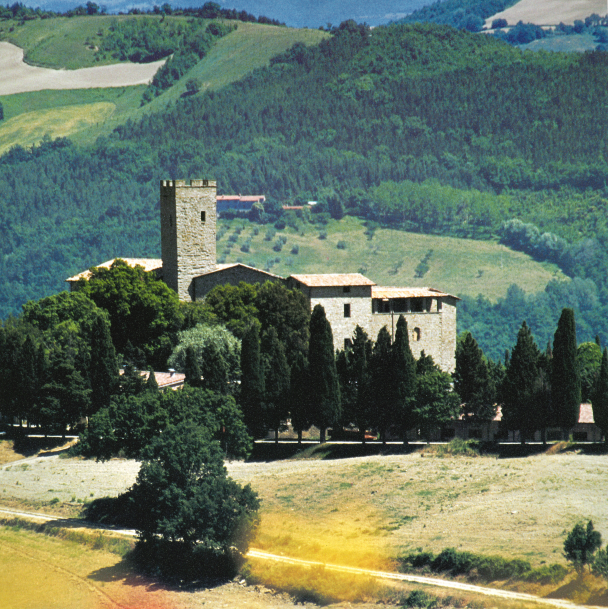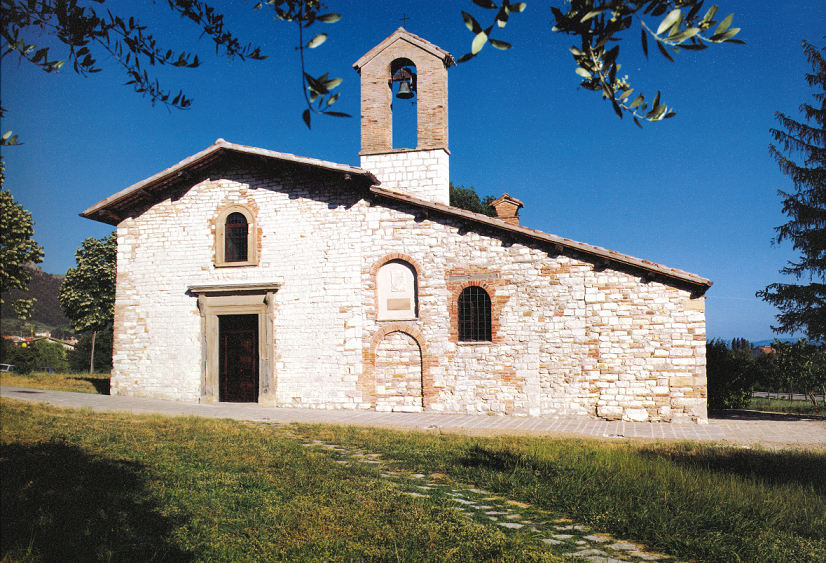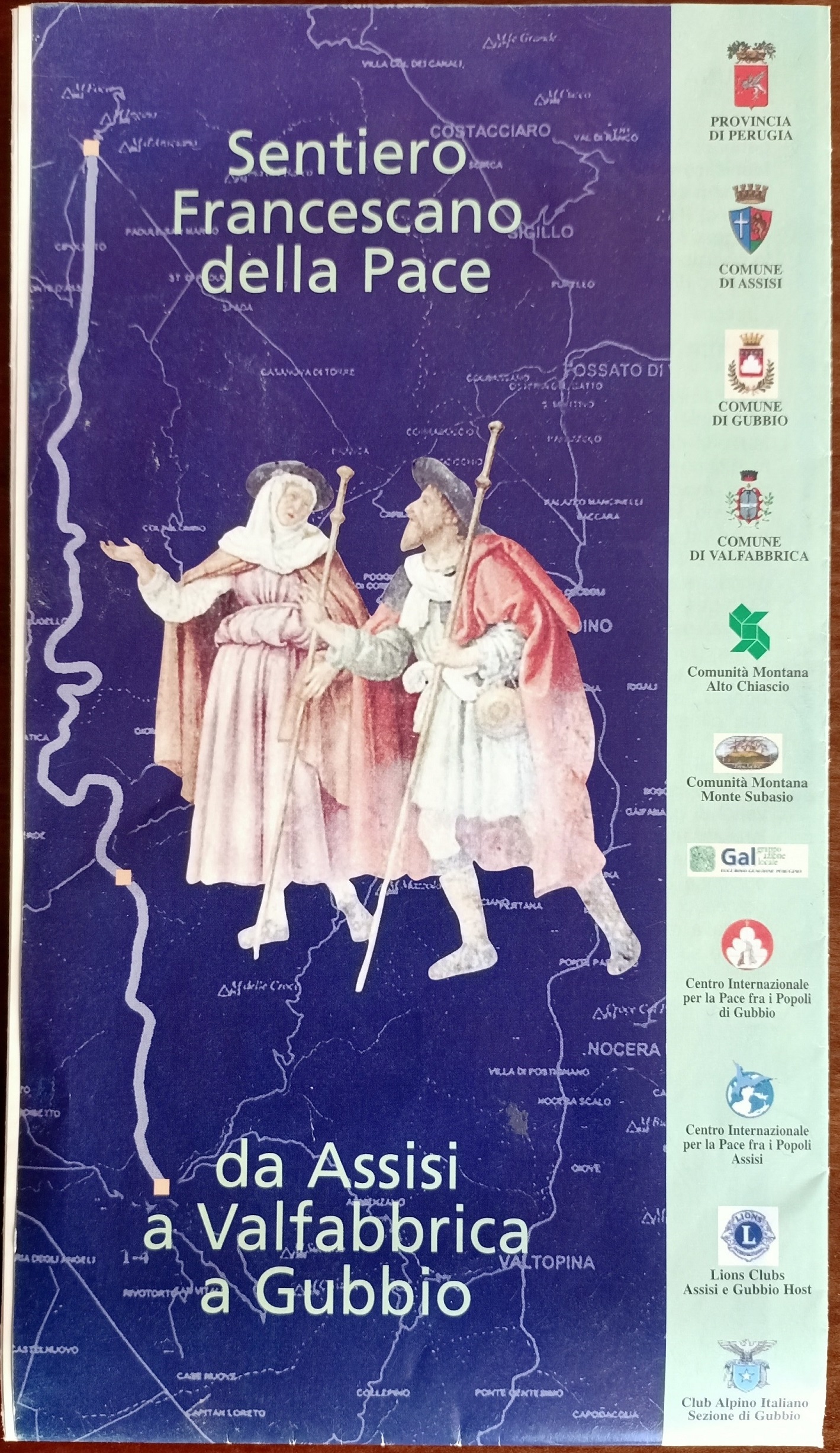The FRANCISCAN PATH one of the most ancient paths taken by St. Francis, after the renunciation of earthly goods which took place with the “dispossession”, represents the wish for the happiness of finding ourselves once again on the path of this great saint.
Within these few kilometers, in fact, a small part of the biography of St. Francis is contained, but the spiritual and environmental values that the path is able to arouse are inscribed, from the very first steps, in the universality of words and gestures, of singing and of gaiety of its protagonist.
The collection of images is intended to be the most direct and elementary testimony, devoid of particular words and complete comments, of the spirituality that runs through the entire “Franciscan Path of Peace”.
They are churches, villages, castles, they are “monuments” restored to the purity of their function as a reminder of a passage; they are buildings on which art and faith have had no other function than that of transferring the boundless love for the surrounding nature, manifested by a man who lived 800 years ago.
A very specific thread connects the monuments of which you will find the images here. However, their strength and their suggestion are such that even if we did not know that spiritual thread, that story of St. Francis and his first journey to Gubbio, we would still be able to see, behind the churches and abbeys, the forts and “hovels” ”, Moments and events of a man superior in charisma, but equal to all of us for the unconditional acceptance of his own limits.
There are, along the Path, sacred monuments that we cannot fail to consider essential for the reconsideration of the Franciscan pilgrimage from the origins.
Here, then, is the Church of Caprignone, the Hermitage of San Pietro in Vigneto and the Abbey of Vallingegno which, with the Badia di Valfabbrica, form the central axis of the Path, illustrating its extraordinary liveliness due to their being points of arrival. never definitive of the trip.
And here again, at the gates of Gubbio, Fassia and the Church of the leper colony of San Lazzaro with the nearby “Vittorina”, the first settlement of the Franciscans in the city, strategically designed to serve in all respects the task of treating lepers.
Finally, the temple dedicated to the Saint in the city, which repeats the constructive fervor of the Assisi Basilica and aims to be the bridge between the beatification and the memory of the man Francis.
As far as the Path as a whole is concerned, no transformation, along 8 centuries of life, could have preserved and returned to us the layout of the path, if ever there was only one, which welcomed the young Francis in his pilgrimage between history and the Absolute.
He certainly knew perfectly that “road to Valfabbrica” along which he walked and whose trace, preserved in documents and sources, has been the guide for tracing anew, in the virtuality of our age, a credible and likely path.
On everything, however, the sense of the great mystical-religious adventure lived by the Saint in his woods and in his churches between Assisi, Valfabbrica and Gubbio extends and rises.
This is the immense sense of peace with creatures and the Creator, with the universe and with life whose response, within the well-placed coordinates of this path, each of us, freely, will be the protagonist.
VALFABBRICA IN THE HEART OF THE “FRANCISCAN PATH OF PEACE”
The “Franciscan Path of Peace”, which today refers to the “Via di Francesco”, was and is undoubtedly a very important reality for the territory of Valfabbrica.
A few years after the war between Assisi and Perugia, which ended with the defeat of the Assisans in the battle of Collestrada in 1202, when the young Francis of Assisi was also taken prisoner, the life of the future saint changed radically as he devoted himself entirely to spirituality.
In 1207, after the “dispossession”, on his first journey as a “new man” Francis left Assisi with the intention of reaching Gubbio, where his friend Federico Spadalonga was staying.
When he found himself in the locality of Pioppo, about a kilometer and a half from Valfabbrica, he was attacked by men in ambush for the plundering and the offense.
To their question: “who are you?” Francis replied: “I am the herald of the great King” (referring to God), so the brigands, thinking that he was making fun of them, beat him up.
Getting up he continued his journey, he found himself in front of the castle, but soon after he reached the Benedictine abbey of Santa Maria Assunta di Valfabbrica.
He knew that next to them there was the ford point on the Chiascio river, necessary to cross to continue the road to Gubbio, but the intense and insidious winter “blocked” his road: at that moment in fact the area of the monastery was “interceptus aquis ”, that is, besieged by the waters overflowing from the river, floods due to the thaw of the great snowfalls.
So he stopped, knocked on the abbey door, begging for alms for hospitality and stayed for a few days at the Benedictine monastery, where it is said that the prior Ugo did not give him a warm welcome, but gave him a sheet and a piece of bread. made him work in the kitchen.
After a few days, the weather improved especially as regards the flood of the river, Francesco left the monastery of Valfabbrica and forded the Chiascio river to resume his journey towards Gubbio.
It was this first trip, from Assisi to Gubbio passing through Valfabbrica, which gave rise to the “Franciscan Path of Peace”.
Even today, thousands and thousands of pilgrims walk the “Path”, now part of the Via di Francesco, passing daily through Valfabbrica that welcomes guests and tourists with cordiality and care in their accommodation activities.










